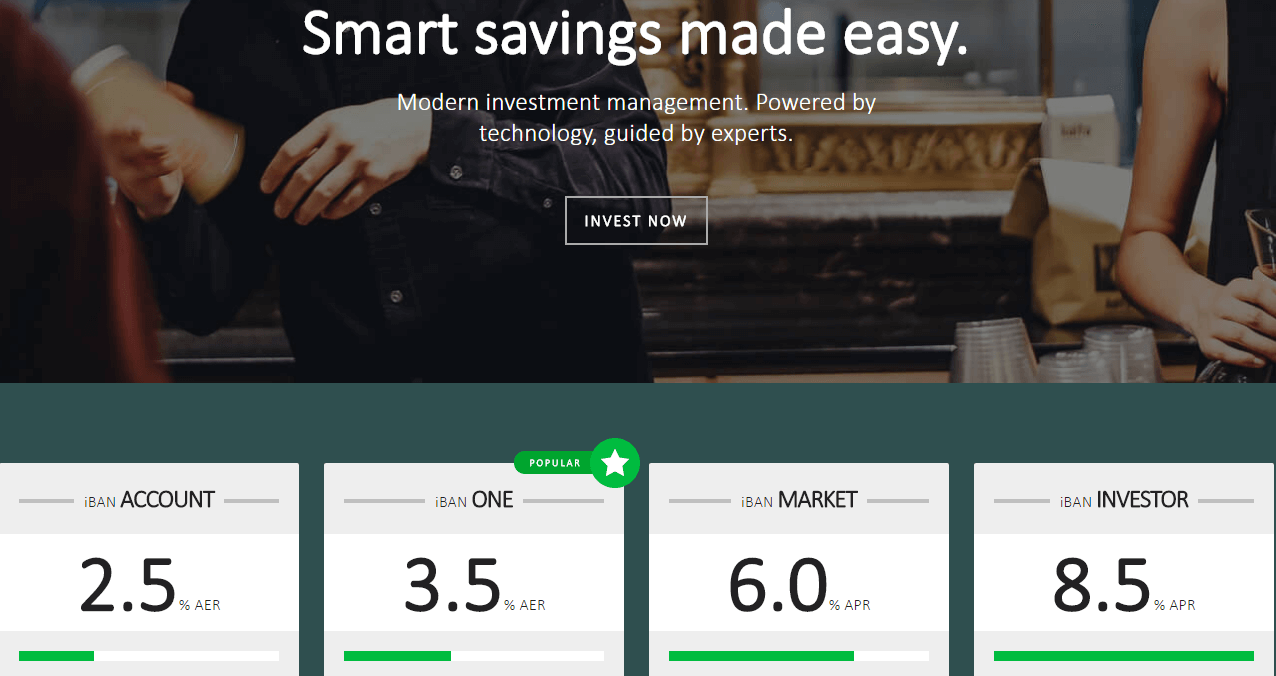2024 is shaping up to be a transformative year for electric vehicle (EV) charging networks. In the past, these networks operated within a landscape where Tesla’s Supercharger network dominated the scene. However, as we head into the new year, a seismic shift is set to redefine the EV charging industry.
For years, various EV charging companies had limited competition among themselves. Tesla’s Supercharger network stood as the gold standard, offering Tesla owners unparalleled convenience, speed, and reliability in charging. Meanwhile, the rest of the EV community had to navigate through a patchwork of different charging providers, none matching the reliability benchmarks set by Tesla.
The turning point arrived in May when Ford made a groundbreaking move by striking an agreement with Tesla. This deal opened access to a significant subset of Tesla’s infrastructure, providing 12,000 Superchargers to Ford’s EV fleet. This collaboration not only promised existing Ford EV owners the ability to charge at these stations through an adapter by 2024 but also hinted at future EV models adopting Tesla’s plug, known as the North American Charging Standard (NACS), replacing the traditional Combined Charging System (CCS) plug by 2025.
Following Ford’s lead, several other major automakers quickly jumped on the bandwagon. GM, Rivian, Volvo, Mercedes, Nissan, and numerous others followed suit, signaling a collective move towards embracing Tesla’s charging technology. Even Volkswagen, which had initially leaned towards its own CCS network through Electrify America, eventually acknowledged the significance of Tesla’s plug, marking a notable industry shift.
This transformation marks a crucial turning point for the EV charging landscape. With multiple automakers pledging allegiance to Tesla’s infrastructure, a more unified and accessible charging experience seems imminent. For consumers, this development promises a future where compatibility and reliability across different EV brands become the norm rather than the exception.
As we edge closer to 2024, the narrative of EV charging networks is evolving rapidly. The once-clear divide between Tesla’s Supercharger network and other charging providers is blurring, ushering in a new era of collaboration and standardized charging infrastructure.










